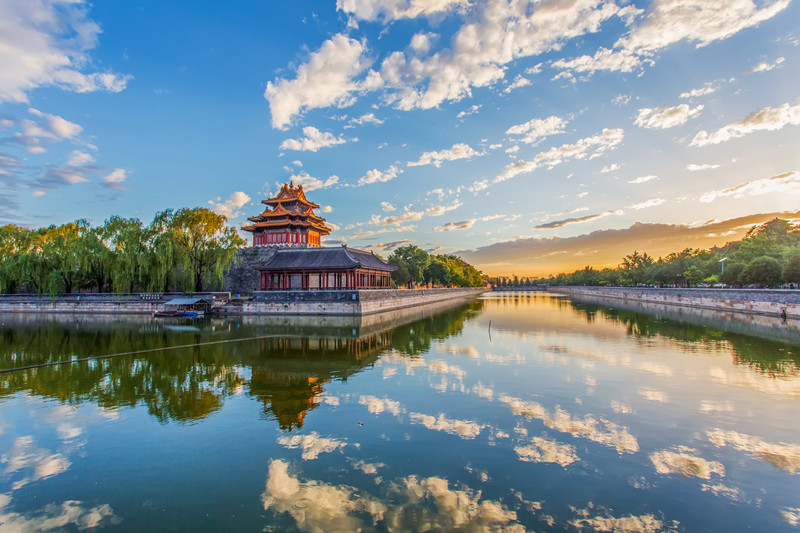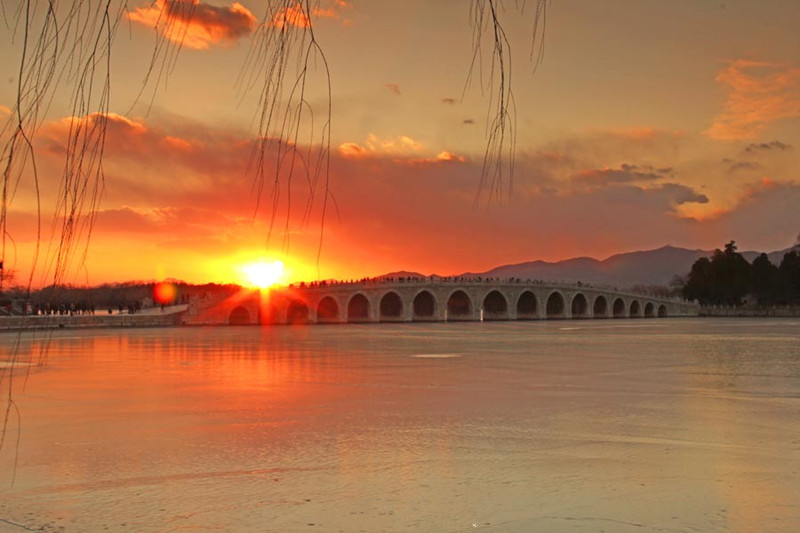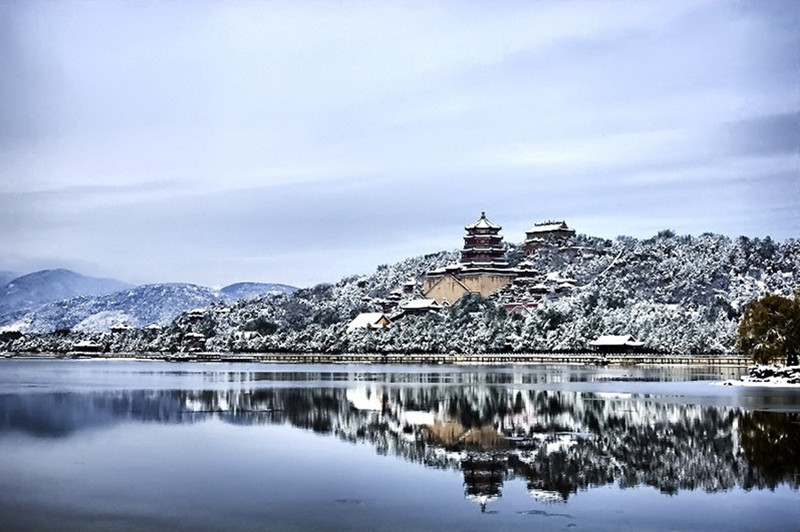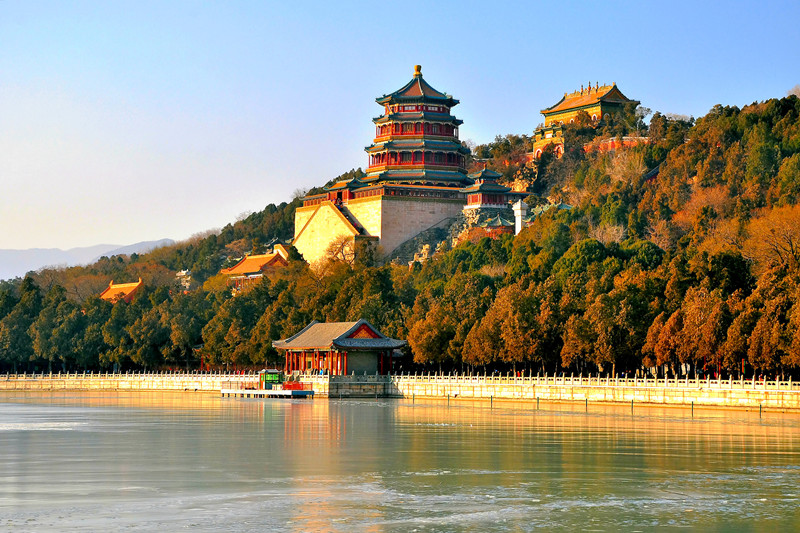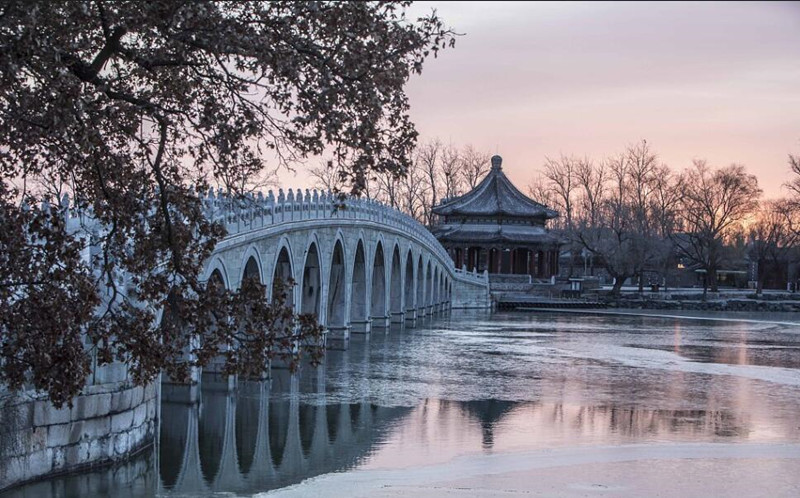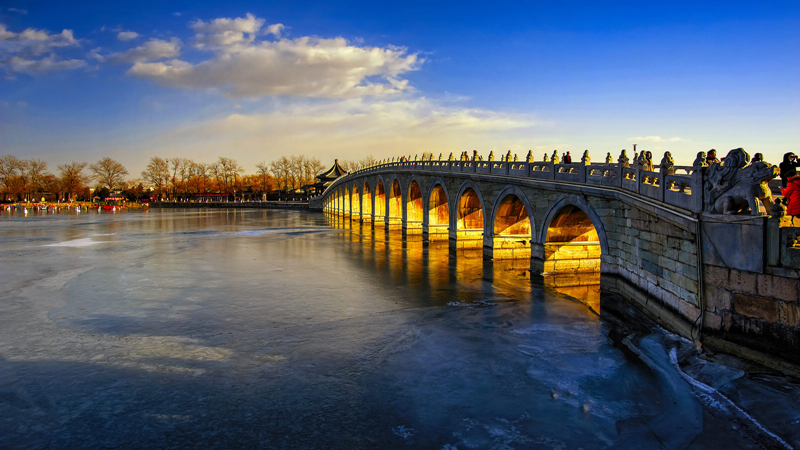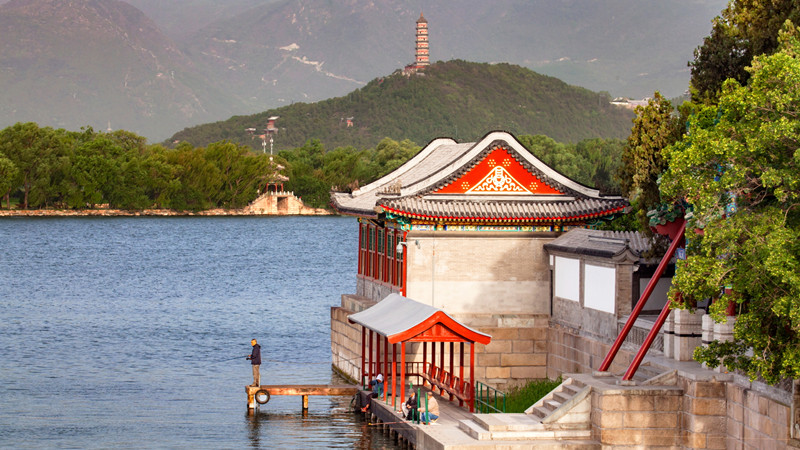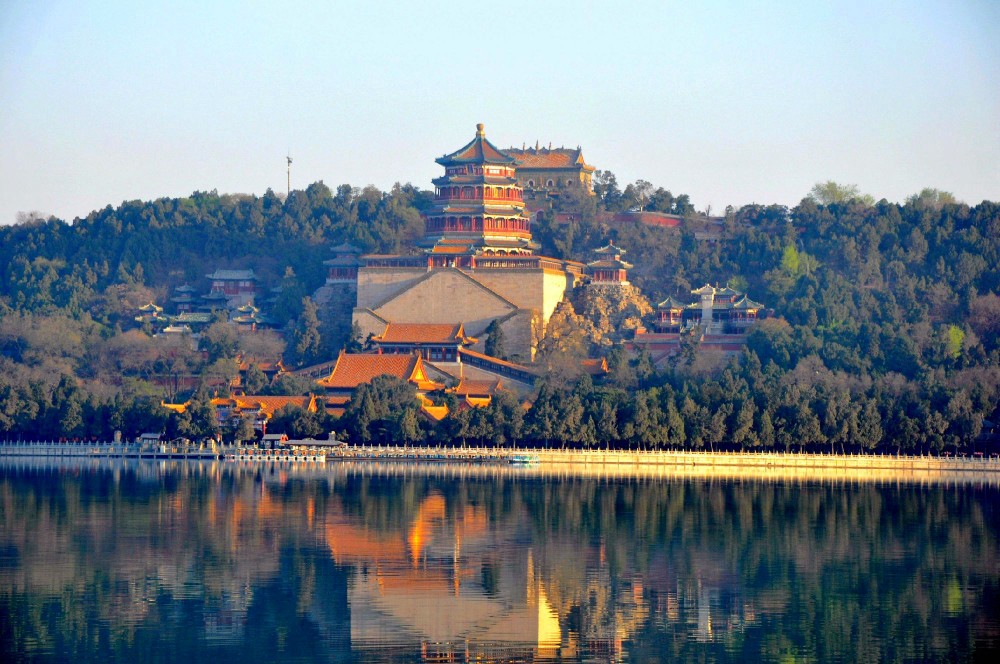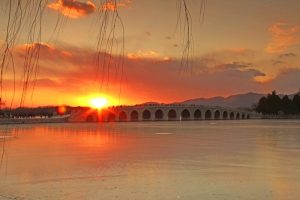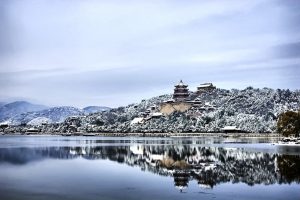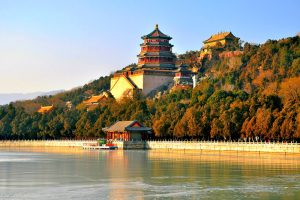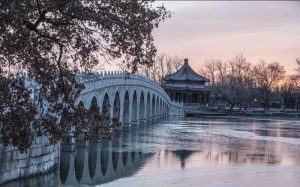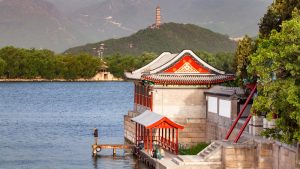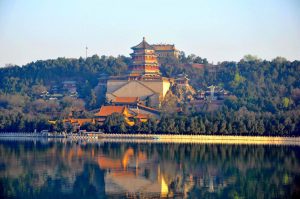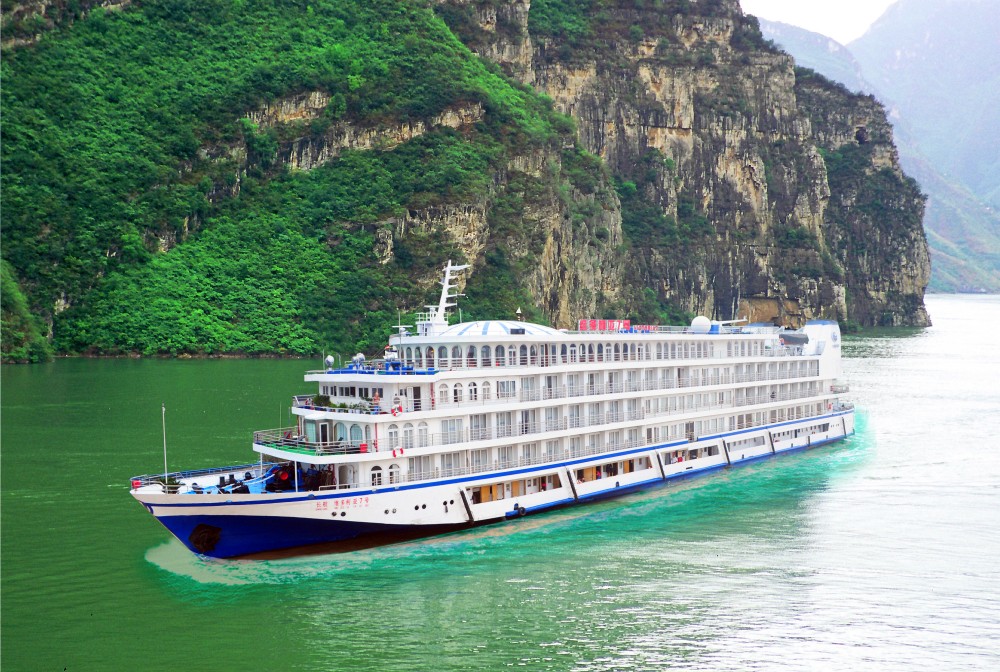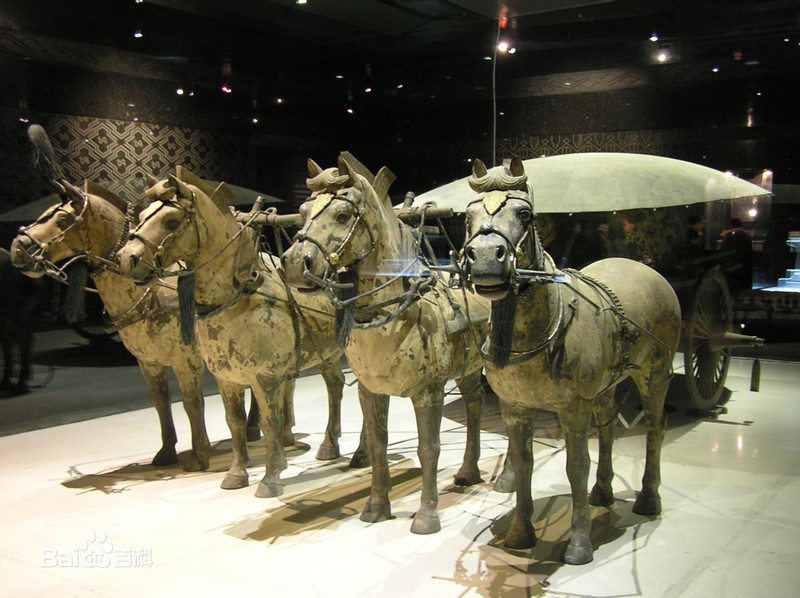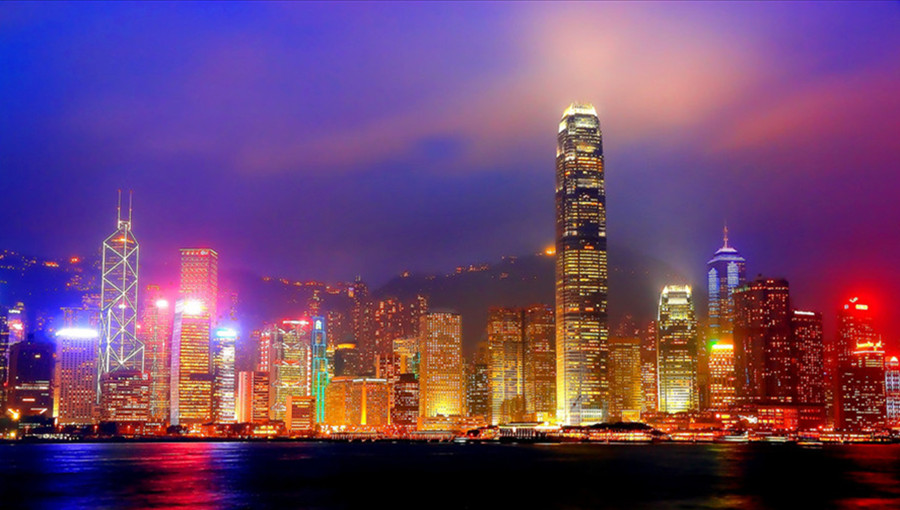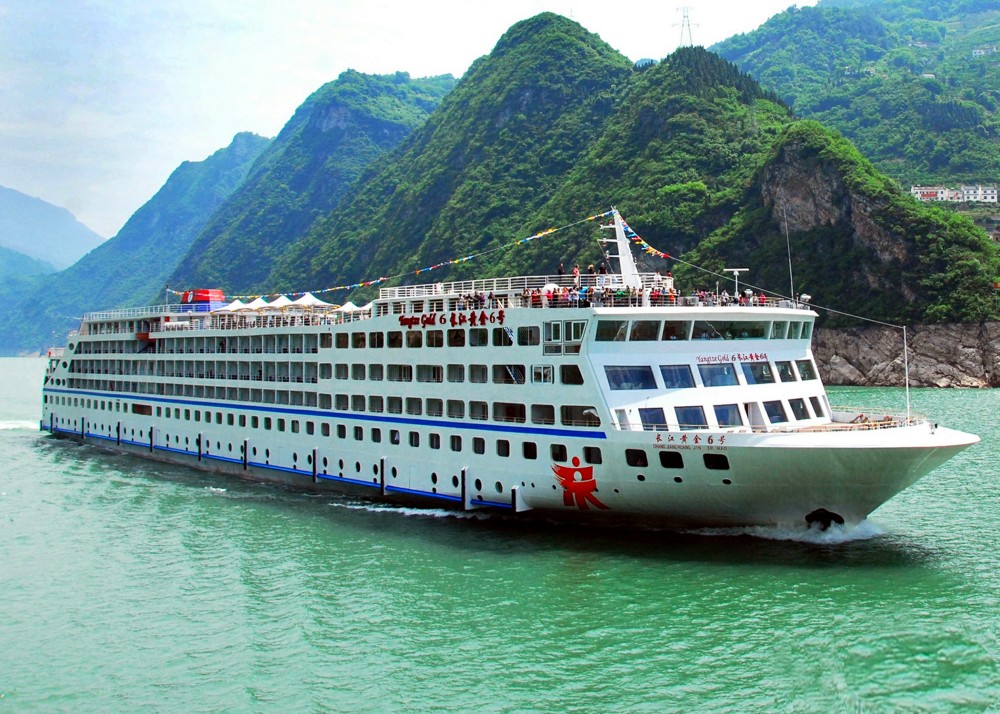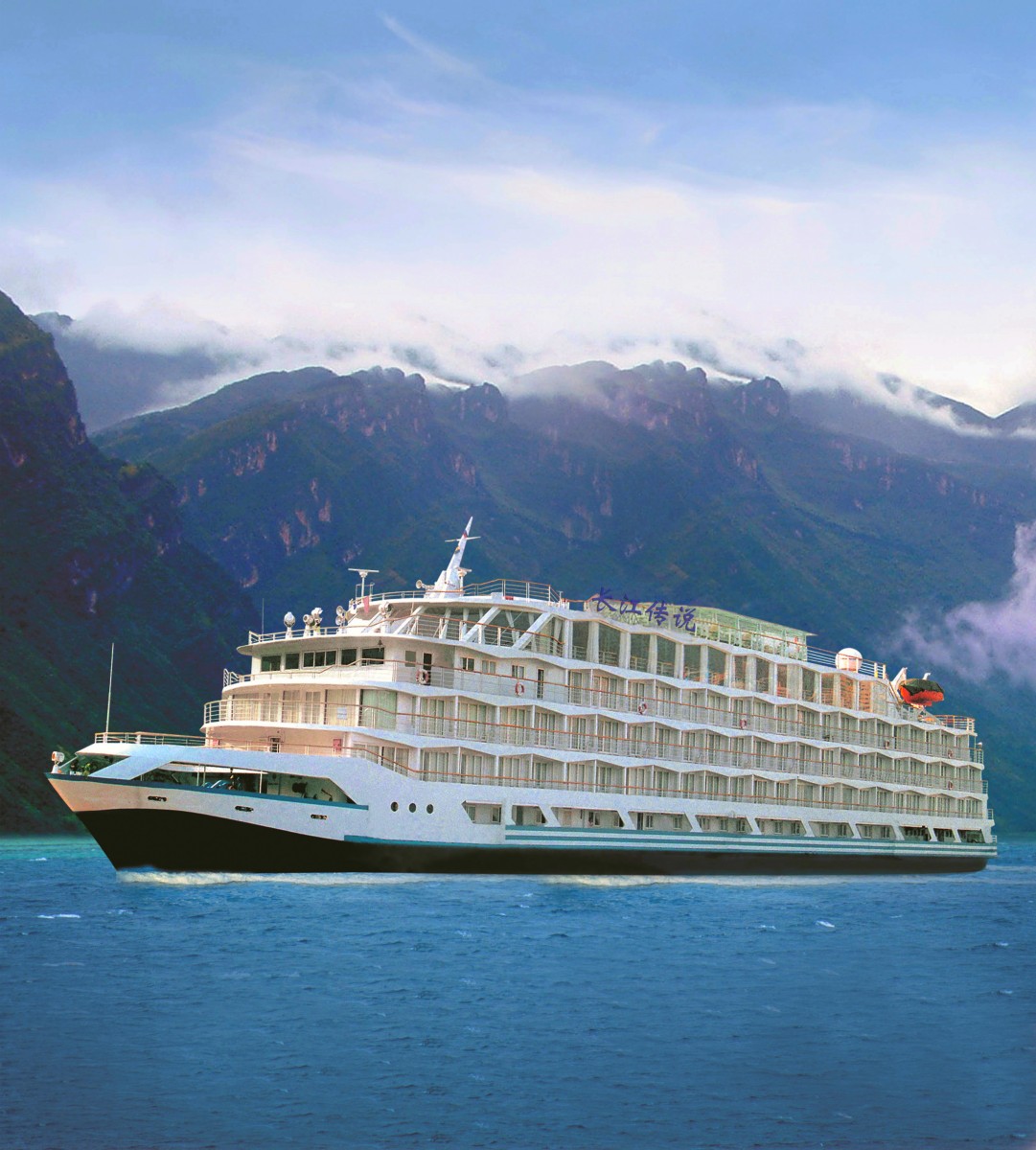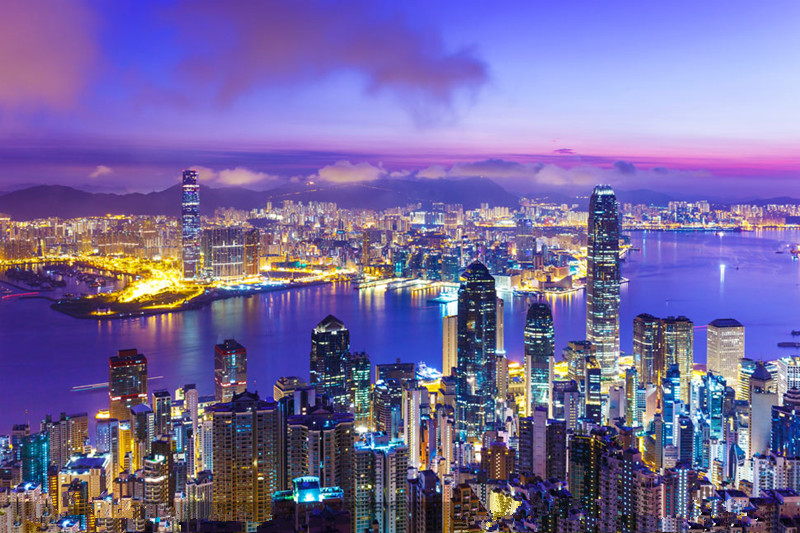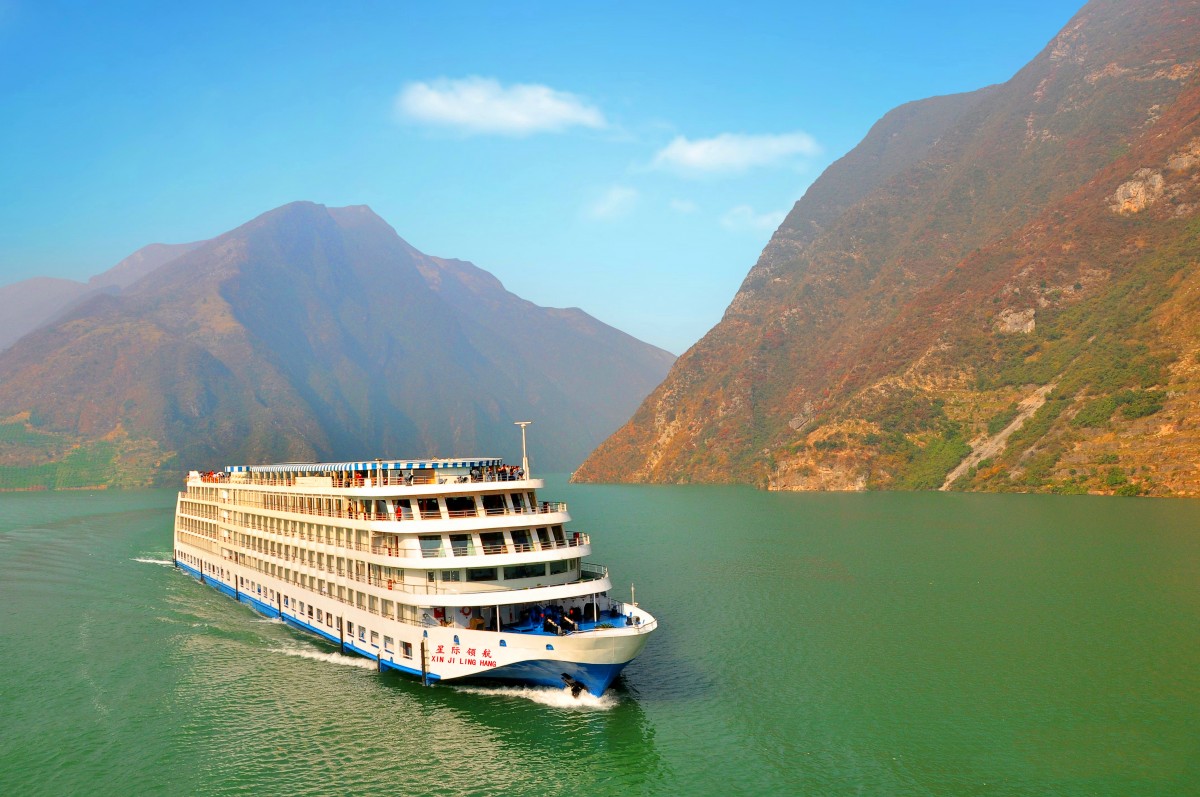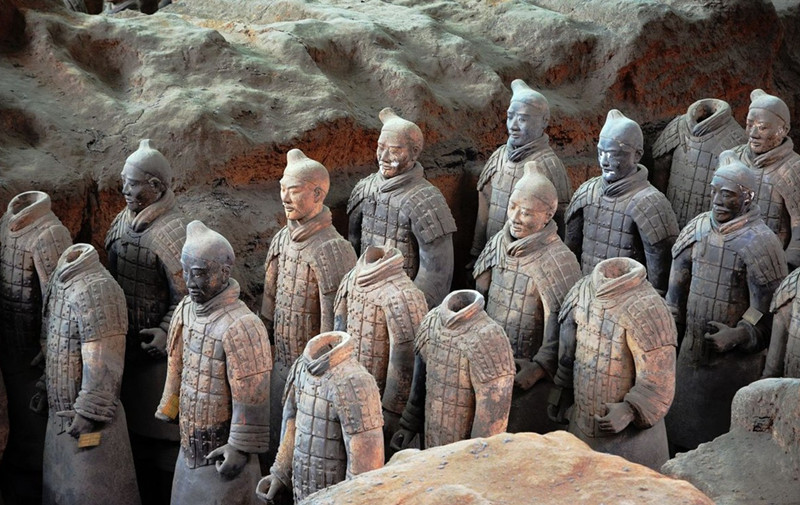The Summer Palace (颐和园) is one of the most famous and beautifully preserved imperial gardens in China. Located in the northwest of Beijing, it covers an area of around 2.9 square kilometers and is a UNESCO World Heritage site. The palace complex is renowned for its stunning natural landscapes, rich cultural history, and exceptional architecture. It has been a place of leisure and retreat for Chinese emperors for centuries and remains a popular destination for both domestic and international tourists.
1. Overview of the Summer Palace
The Summer Palace was originally built in 1750 during the Qing Dynasty under the reign of Emperor Qianlong. It served as a royal retreat from the summer heat and a place for leisure, intellectual pursuits, and cultural activities. The Summer Palace has been expanded and renovated several times over the centuries, with the most significant restoration occurring after it was damaged during the Second Opium War in 1860.
- Location: Located in the Haidian District of Beijing, approximately 15 kilometers (9 miles) from Tiananmen Square.
- Design: The Summer Palace is a masterpiece of Chinese landscape design, combining natural beauty with architectural grandeur. It is centered around Kunming Lake and the Longevity Hill, which are connected by a series of scenic walkways, bridges, and temples.
2. Key Features of the Summer Palace
2.1 Kunming Lake
Kunming Lake is the centerpiece of the Summer Palace. The lake covers about 2.2 square kilometers, accounting for more than half of the palace's total area. The lake is artificially created and is designed to resemble the famous West Lake in Hangzhou.
- Boating: Visitors can take boat rides on the lake, including traditional dragon boats, to enjoy scenic views of the palace.
- Seventeen-Arch Bridge: A 150-meter-long bridge that connects the eastern shore of Kunming Lake to the Nanhu Island. It is a significant landmark and an excellent spot for photos.
2.2 Longevity Hill
Longevity Hill (万寿山) is located on the north side of Kunming Lake and rises to an elevation of 60 meters (197 feet). The hill is home to several important buildings and temples.
- Tower of Buddhist Incense: This is the most iconic structure on Longevity Hill. A three-story pagoda that stands at the summit of the hill, offering a panoramic view of the surrounding area.
- Buddhist Temples: The hill is dotted with several temples, including the Hall of the Buddhist Scriptures, which houses important Buddhist relics.
- Long Corridor: This is a covered walkway that runs along the lakeshore. It stretches over 700 meters and is famous for its painted ceiling, which features thousands of scenes from Chinese folklore, mythology, and historical events.
2.3 The Marble Boat
One of the most iconic structures at the Summer Palace is the Marble Boat (石船), located on the western edge of Kunming Lake. Despite its name, it is not a boat but a large stone structure built to resemble a boat. It was constructed during the reign of Empress Dowager Cixi as a symbol of stability, as the boat is meant to appear “unsinkable.”
- Symbolism: The Marble Boat is a symbol of the Qing Dynasty’s strength and resilience, despite the difficulties the empire was facing at the time.
- Design: The boat is made of marble and features an ornate design, with intricate carvings and decorative details.
2.4 The Long Corridor
The Long Corridor is a 728-meter-long covered walkway that connects various parts of the Summer Palace. It is one of the longest covered walkways in China and is famous for its elaborate painted ceiling.
- Art: The corridor is lined with over 14,000 paintings, many of which depict scenes from Chinese history, literature, and mythology.
- Function: The corridor was originally designed to provide a cool, shaded walk during the hot summer months. Today, it offers visitors a chance to explore the palace grounds while enjoying the artistic beauty of its paintings.
2.5 The Hall of Benevolence and Longevity
The Hall of Benevolence and Longevity (仁寿殿) is one of the most important buildings in the Summer Palace. It served as the residence and the administrative center for the emperors during their stay at the palace.
- Architecture: The hall is characterized by its elegant architecture, with a sweeping roof and large windows that allow for ample natural light.
- Function: The hall was used by the Empress Dowager Cixi for receiving guests and conducting imperial business.
3. Cultural Significance
The Summer Palace is not only a royal retreat but also a symbol of Chinese imperial culture and landscape design.
3.1 Classical Chinese Garden Design
The Summer Palace is a prime example of the Chinese garden style, where nature and architecture are carefully integrated to create a harmonious balance. The design reflects Daoist principles, emphasizing the importance of the natural world and its role in human life.
- Symbolism: The placement of buildings, the use of water, and the arrangement of plants all carry deep cultural symbolism, reflecting Chinese philosophy and beliefs about harmony between humanity and nature.
3.2 Empress Dowager Cixi
The most famous figure associated with the Summer Palace is Empress Dowager Cixi. She ruled China as the de facto leader during the late Qing Dynasty and spent much of her later years at the Summer Palace.
- Restoration and Expansion: Empress Dowager Cixi is credited with overseeing the restoration and expansion of the palace, particularly after the Second Opium War (1856-1860), when much of the palace was damaged.
- Political Influence: Empress Dowager Cixi made important political decisions from the Summer Palace, and it became the center of power during her reign.
4. Visitor Information
4.1 Best Time to Visit
The Summer Palace can be visited year-round, but the best times to visit are during the spring (April to June) and autumn (September to November). During these months, the weather is mild, and the gardens and landscapes are especially beautiful.
- Spring: This is the best time to see flowers in bloom and enjoy the lush greenery.
- Autumn: The fall colors make for stunning scenery, and the weather is perfect for walking around the large grounds.
4.2 Admission and Opening Hours
- Opening Hours: The Summer Palace is typically open from 7:00 AM to 5:00 PM, though the hours may vary depending on the season.
- Admission: The entrance fee for the Summer Palace is around ¥30-60 depending on the areas you wish to visit. Special exhibits or boat rides may incur additional charges.
4.3 Transportation
- Public Transport: The Summer Palace is easily accessible via public transportation from downtown Beijing. You can take subway line 4 to Beigongmen Station (北宫门站), which is the nearest subway station to the main entrance.
- Private Transport: Taxis and ride-sharing services are also available, though it’s best to check traffic conditions as it can get crowded during peak tourist seasons.
4.4 Tips for Visitors
- Wear Comfortable Shoes: The Summer Palace is vast, with many areas to explore on foot. Comfortable walking shoes are recommended.
- Bring Water: The expansive grounds mean a lot of walking, so bring water, especially during the summer months when it can get hot.
- Avoid Peak Hours: The Summer Palace is very popular, particularly during weekends and holidays. Try visiting early in the morning or later in the afternoon to avoid the crowds.
The Summer Palace in Beijing is a stunning example of Chinese imperial architecture, landscape design, and cultural heritage. It is a perfect blend of natural beauty and architectural grandeur, making it one of the must-see attractions in Beijing. Whether you’re interested in history, culture, art, or simply enjoying nature, the Summer Palace offers something for every visitor.


 Tours
Tours


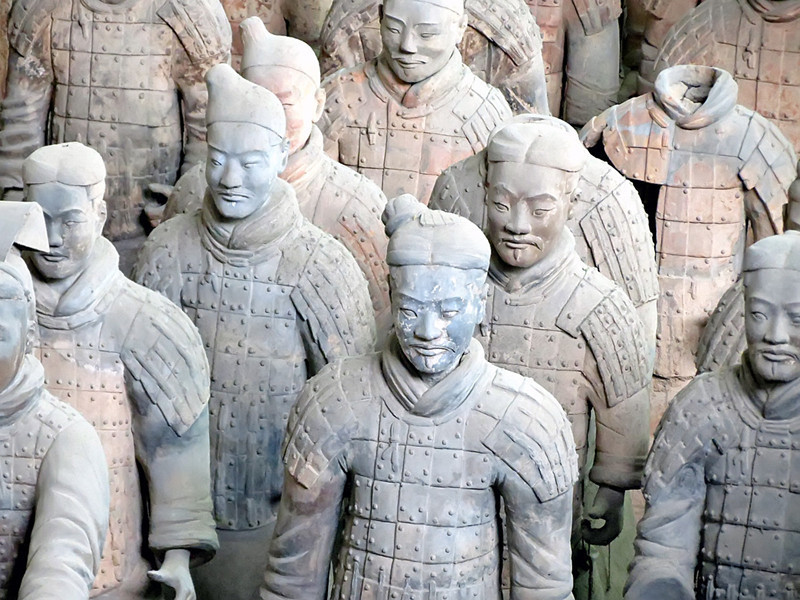
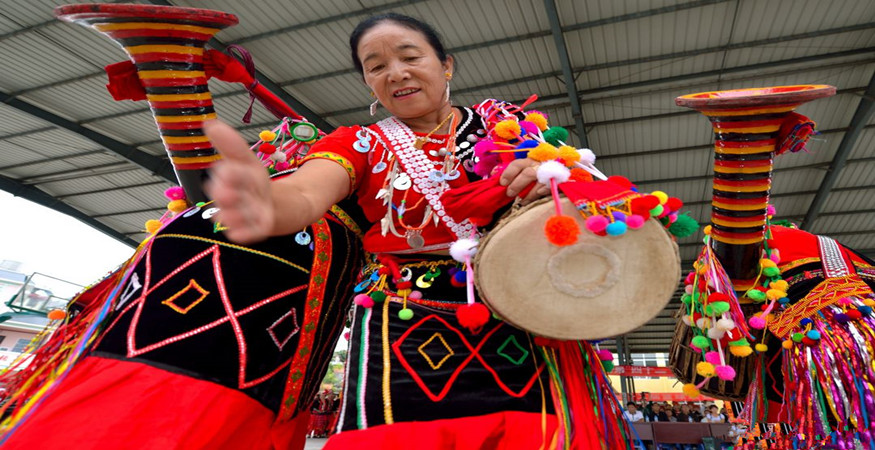
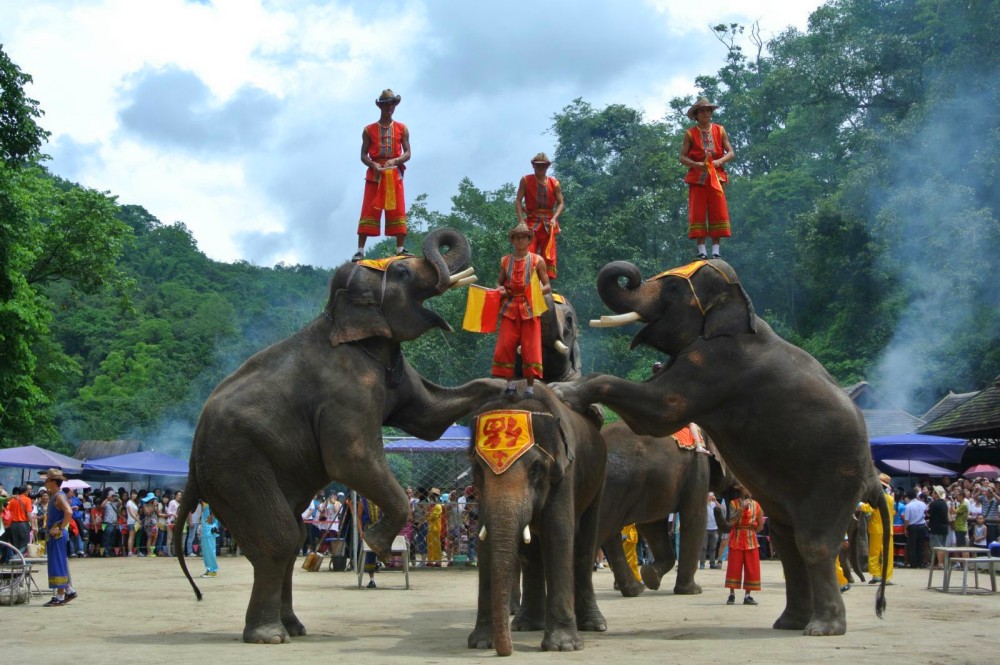
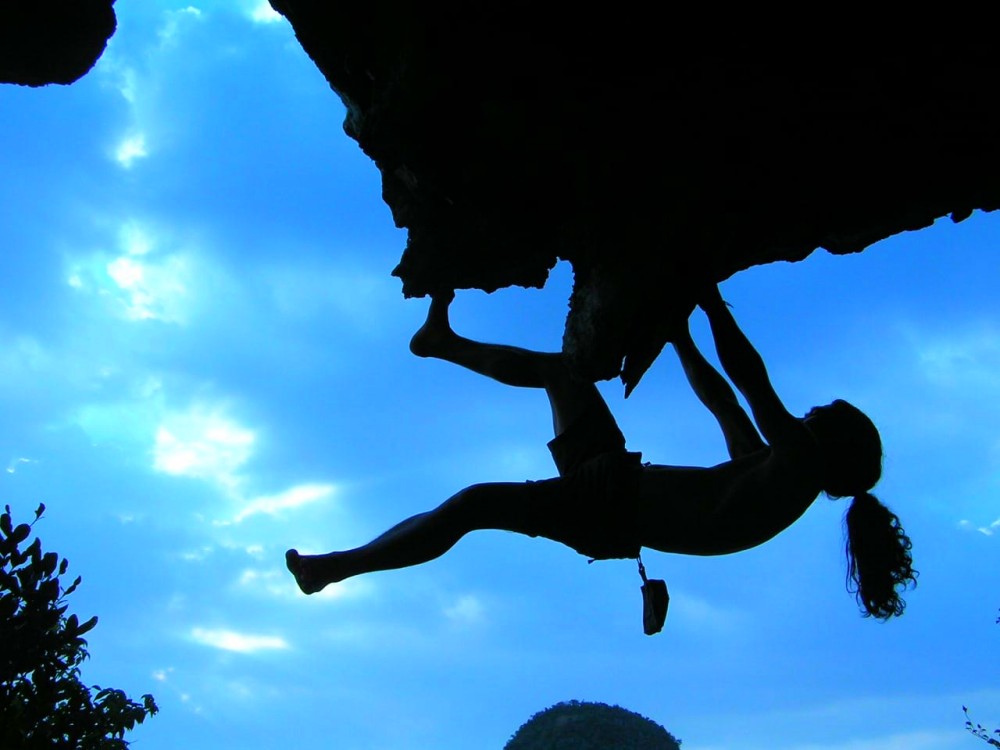
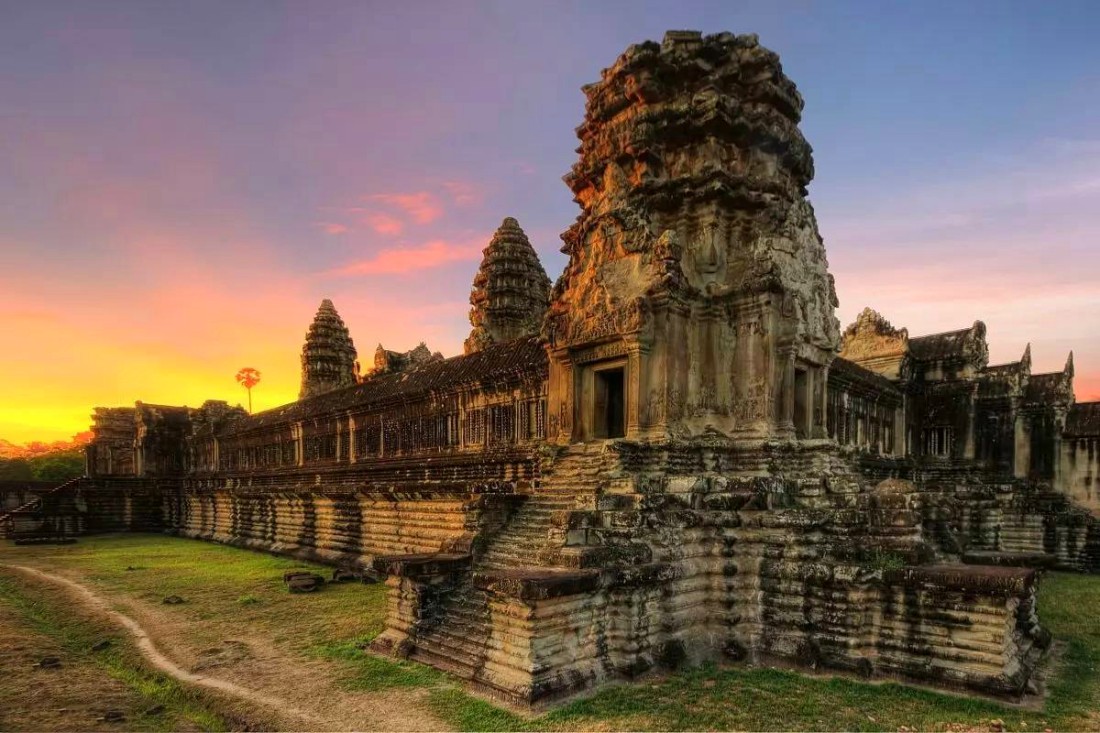
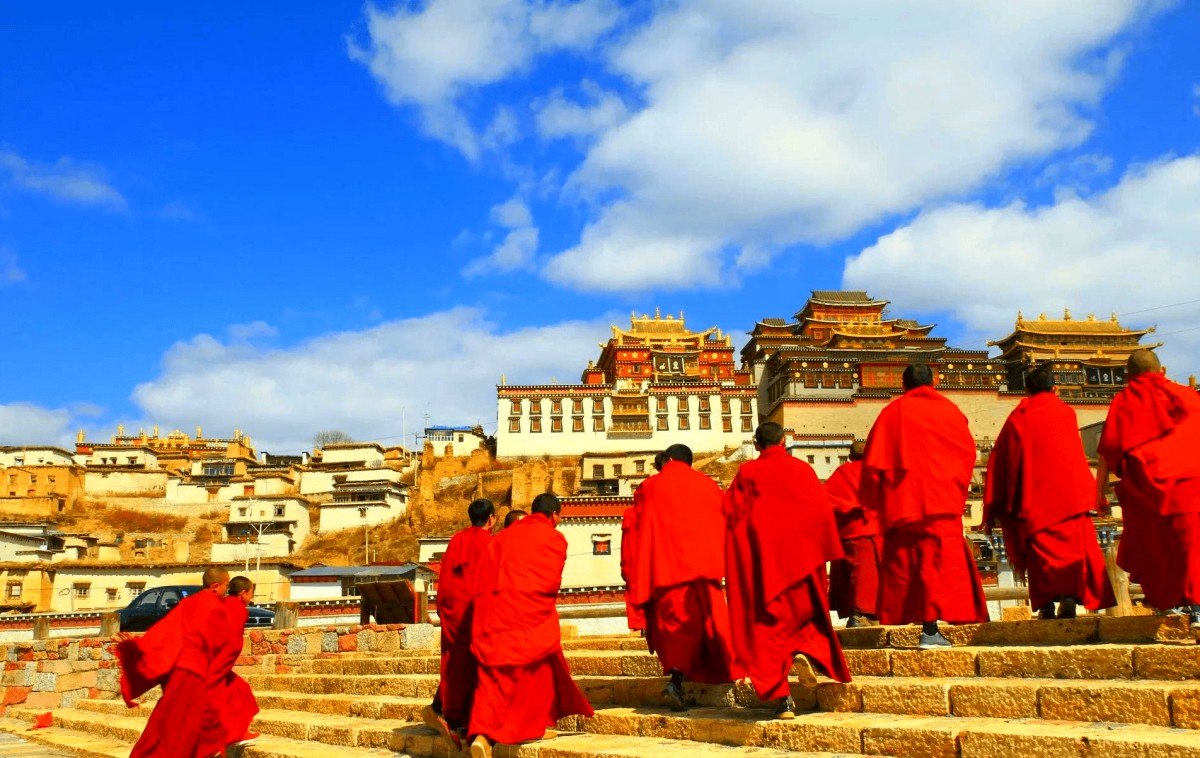

 Destinations
Destinations Attractions
Attractions Golf
Golf Customize
Customize About Us
About Us Contact
Contact


